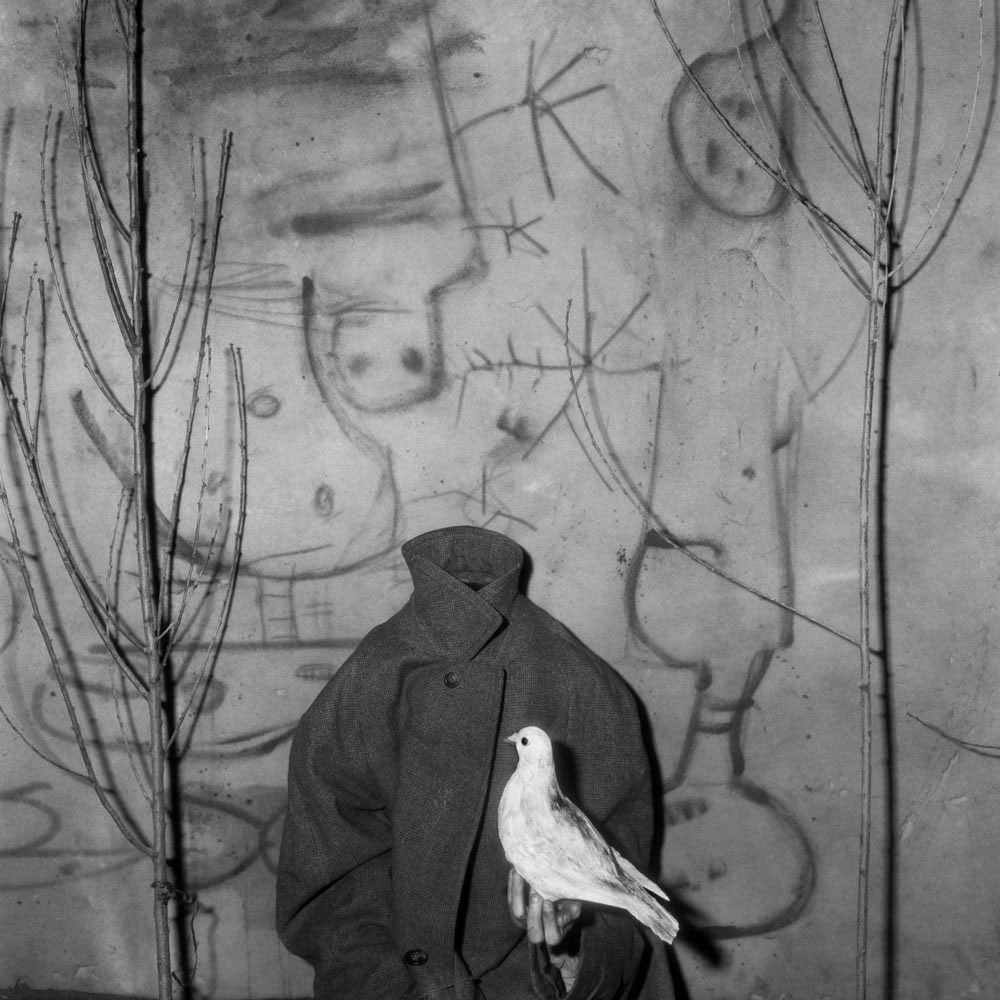
Roger Ballen’s photographs are as much alluring as they are unsettling. For nearly 50 years, Ballen has used photography to explore some of the most upsetting parts of the psyche—and, in that period, he has created some of the most exquisite and unique images of everything from people and skeletons to animals and nature.
Born in New York in 1950 and based in Johannesburg since 1980, Ballen originally started as a documentary photographer. His mother worked at Magnum Photography, and later opened one of the first photo galleries in New York. Ballen recalls that, as time passed, he moved away from street photography toward work that was more conceptual. “My early work was somewhat documentary, but as time went on, the world became increasingly intense, increasingly more abstract, so my work became more complex in all sorts of ways,” he says. Since moving to South Africa, Ballen has left behind his early reportage style, instead choosing to stay within the frame of the camera to create an image.

Working strictly in black and white, Ballen creates unique pictures that explore, and then revisit, imagery of people, skeletons, animals, nature and faces. He has always taken an interest in animals in his photographs, and is curious about how the animal kingdom interacts with nature and humanity. Perhaps most striking in his photographs are the faces that always seem to be looking at the viewer. Taking inspiration from South African mythology and ancestor worship, Ballen says, “There’s faces everywhere, and I guess at the end of the day, who are the faces? Who’s telling you what to say? Who’s producing the dreams that come out of the night? There are mysterious third parties that govern our behavior in all sorts of ways.”
Ballen’s most recent project, and the subject of a solo show at the Manchester Art Gallery, stems from two other bodies of work: Boarding House, 2009, and Shadow Chamber, 2005. In each, Ballen found his way into an old South African mining house and former warehouse. It was while exploring these buildings for many years that Ballen found the location for his current body of work, Asylum.
Right near the boarding house building, Ballen came across a house in which the owner allowed people to stay for very little money under one condition: he insisted that the birds he collects be allowed to fly all over the house, and that they don’t stay in cages. “The house is full of birds, ducks, chickens, pigeons, doves, whatever, different birds and they’re all over the house, flying from one room to the next,” Ballen recalls. “The people that live in the house are people from different aspects of the streets in South Africa—some people come from other places in Africa, some are unemployed, some are products of poverty, violence and anything else. I interacted with these birds and animals to create these photographs.”
It is through this interaction that the photographer explores what he refers to as the dark side of one’s psyche. For Ballen, the problem begins with how the Western world defines dark. “In American culture, or western culture, dark means evil, scary or something you stay away from, something you don’t want to confront you,” he says. “You want to live your life in a very light way. I think the pictures deal with an aspect of the so-called dark side.” In Ballen’s mind, it’s through the dark that one finds the light. “The dark is what people actually refer to as the side of themselves that they’re scared of,” the photographer says. “The dark side is the side of themselves that they don’t want to work through. Dark is really fundamental to the work.”
Asylum is on view at the Manchester Art Gallery from March 30 – May 13. More of Roger Ballen’s work can be seen here.

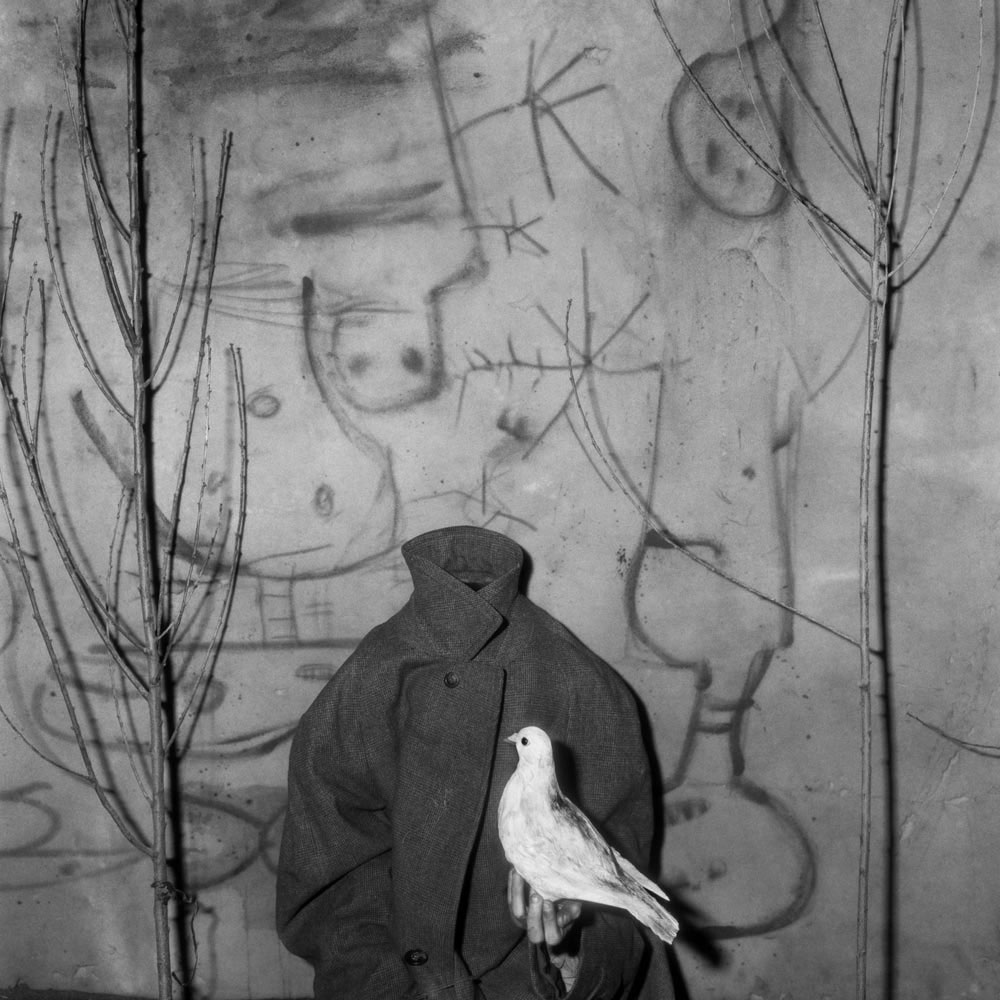


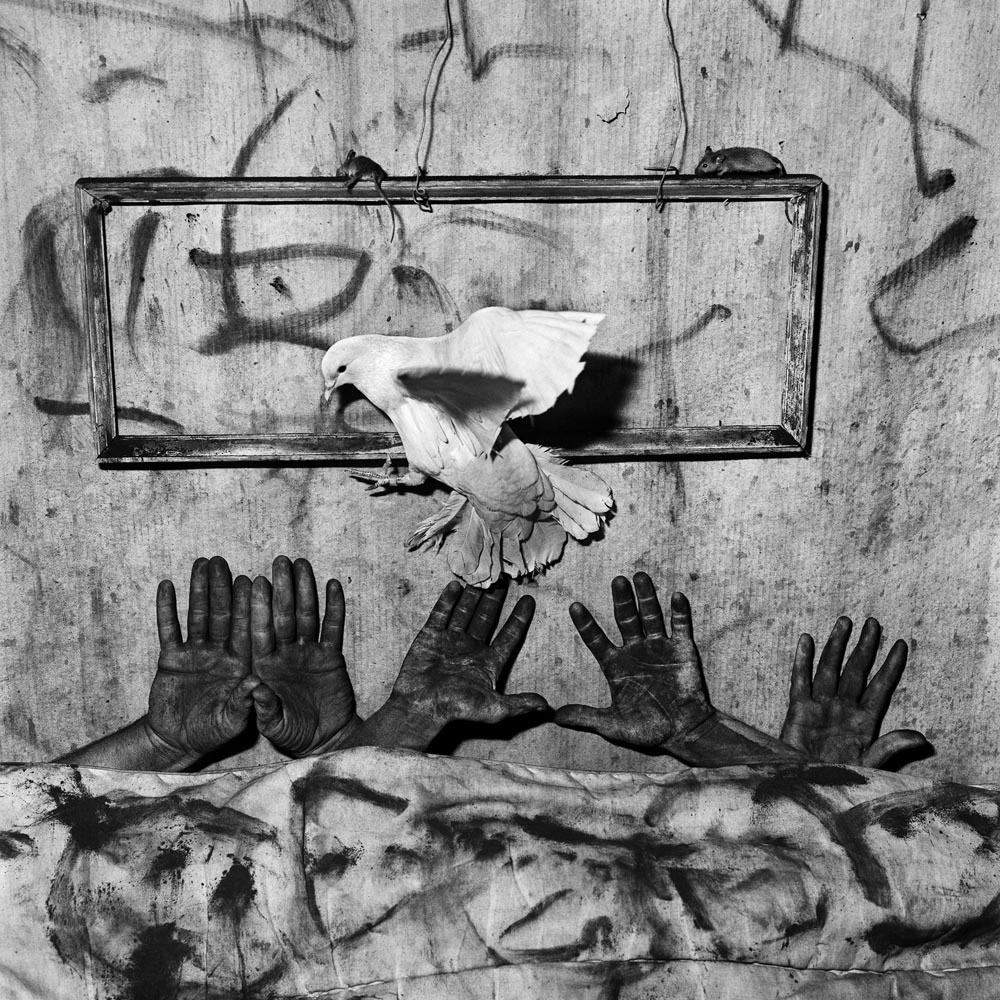

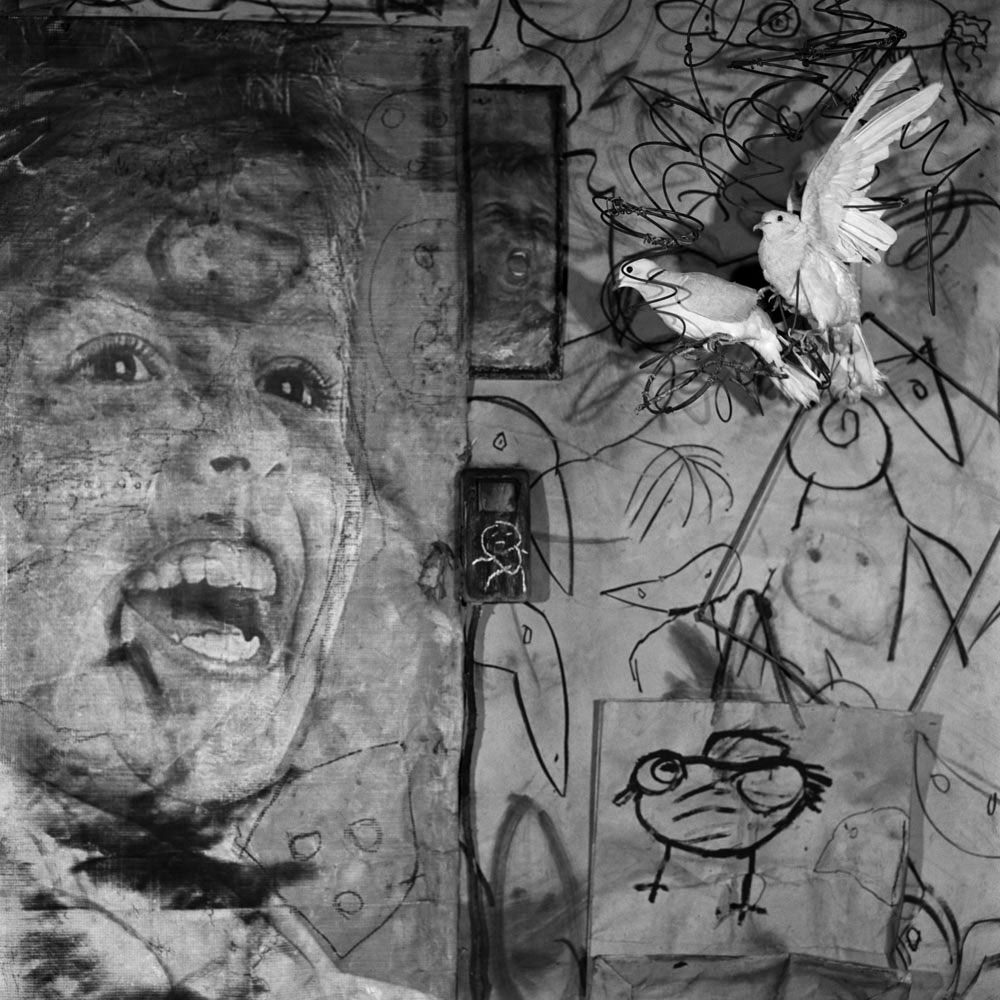
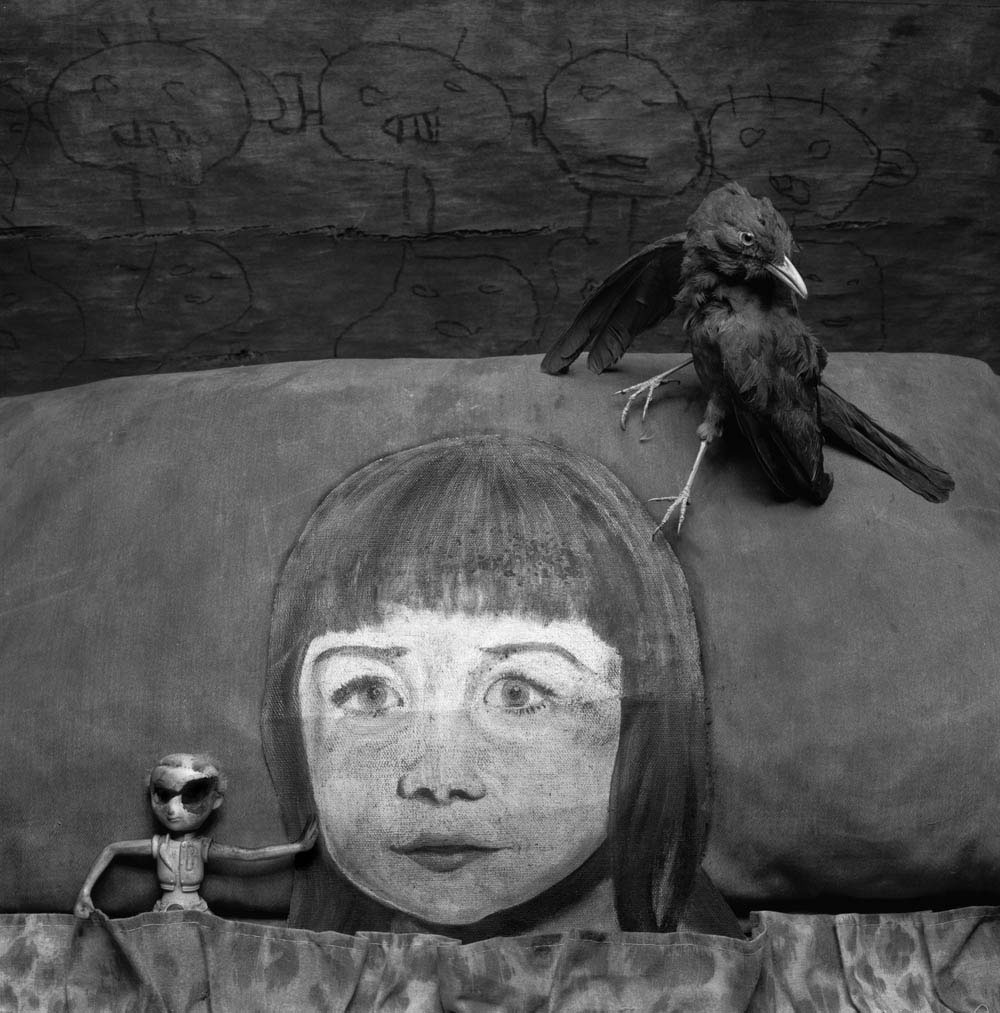
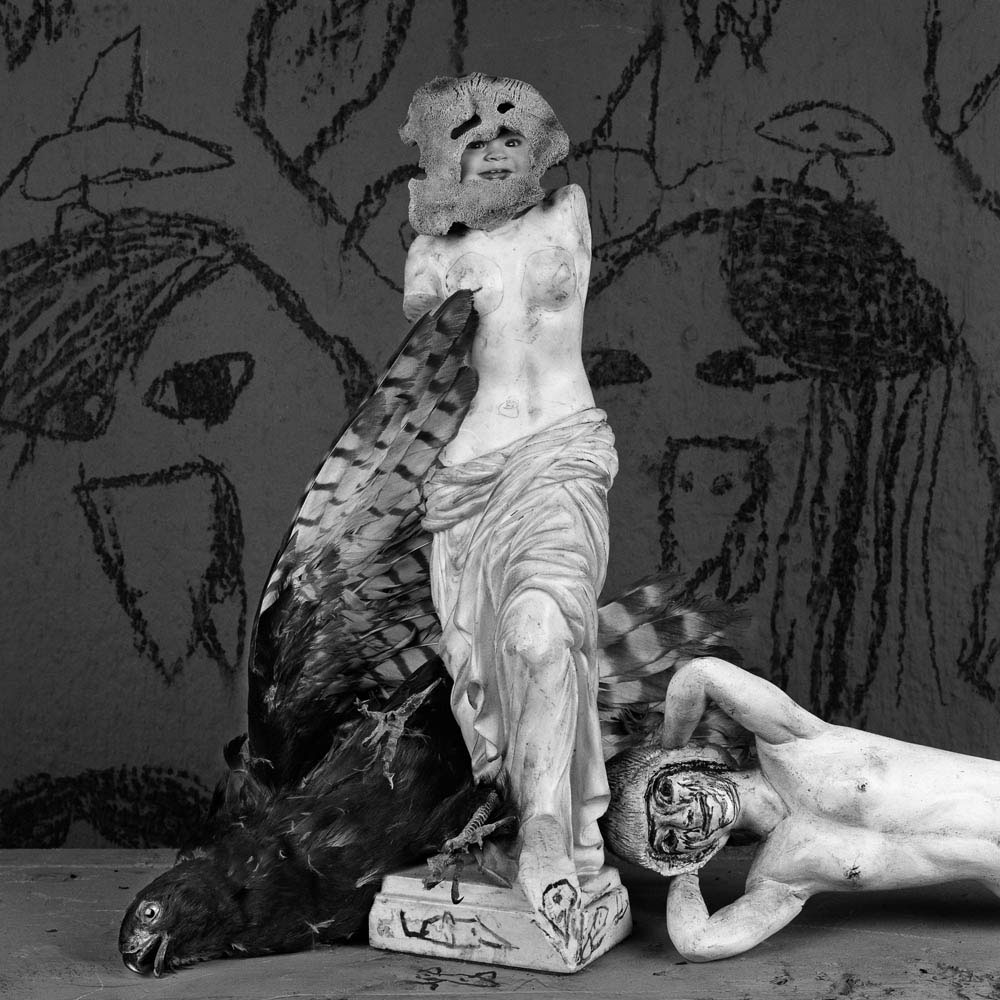


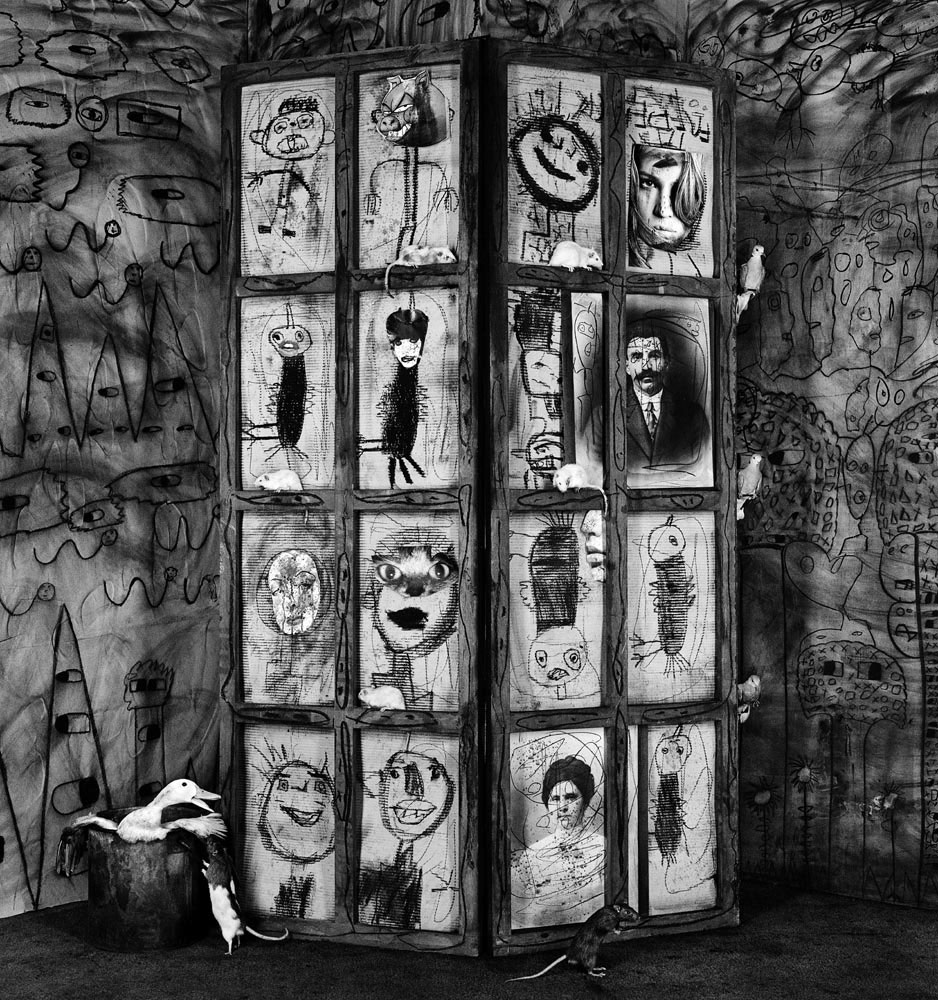
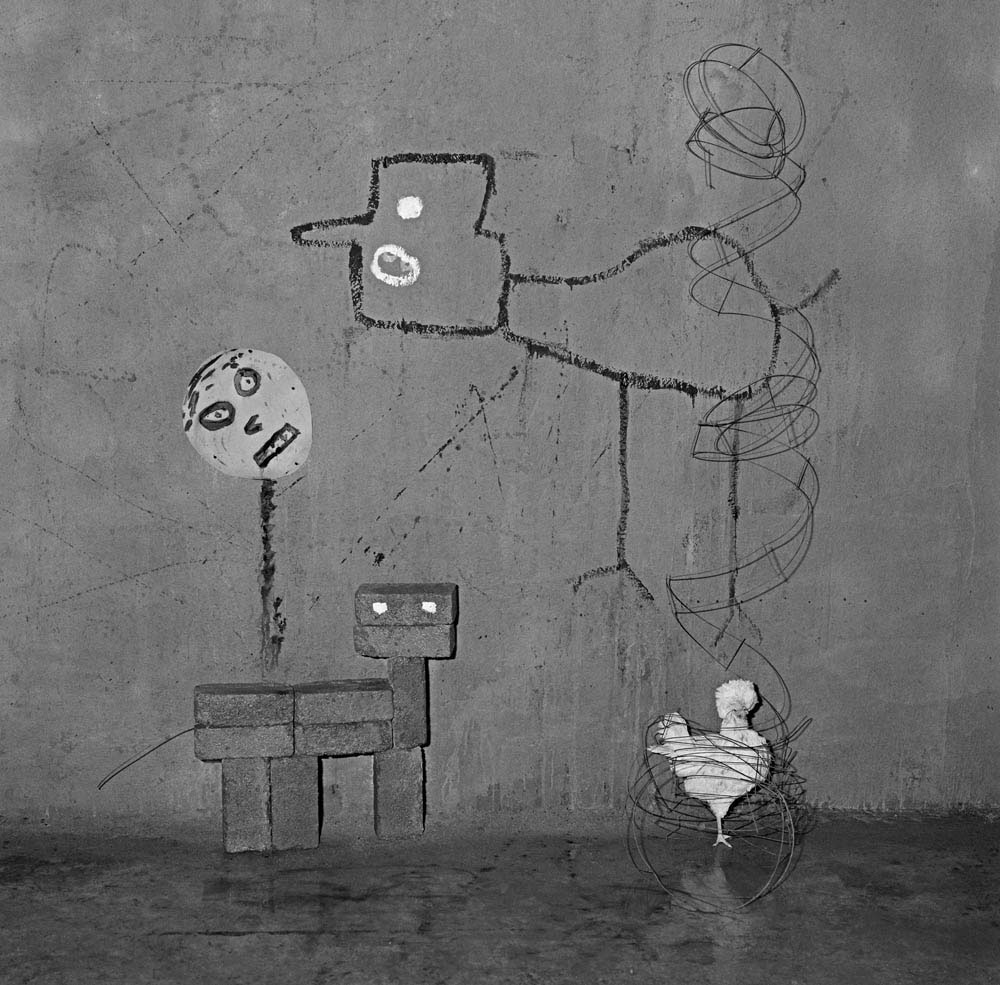
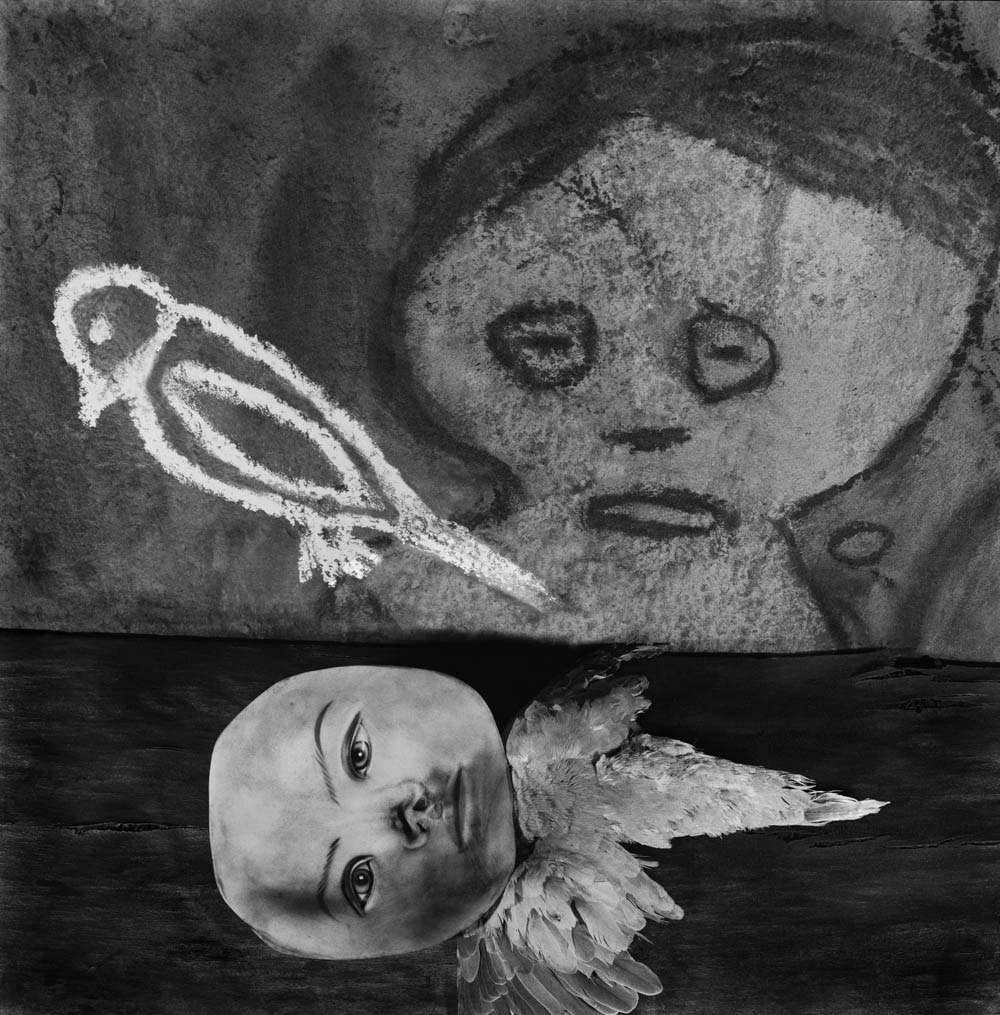


More Must-Reads from TIME
- Cybersecurity Experts Are Sounding the Alarm on DOGE
- Meet the 2025 Women of the Year
- The Harsh Truth About Disability Inclusion
- Why Do More Young Adults Have Cancer?
- Colman Domingo Leads With Radical Love
- How to Get Better at Doing Things Alone
- Michelle Zauner Stares Down the Darkness
Contact us at letters@time.com